Please add image or text logo
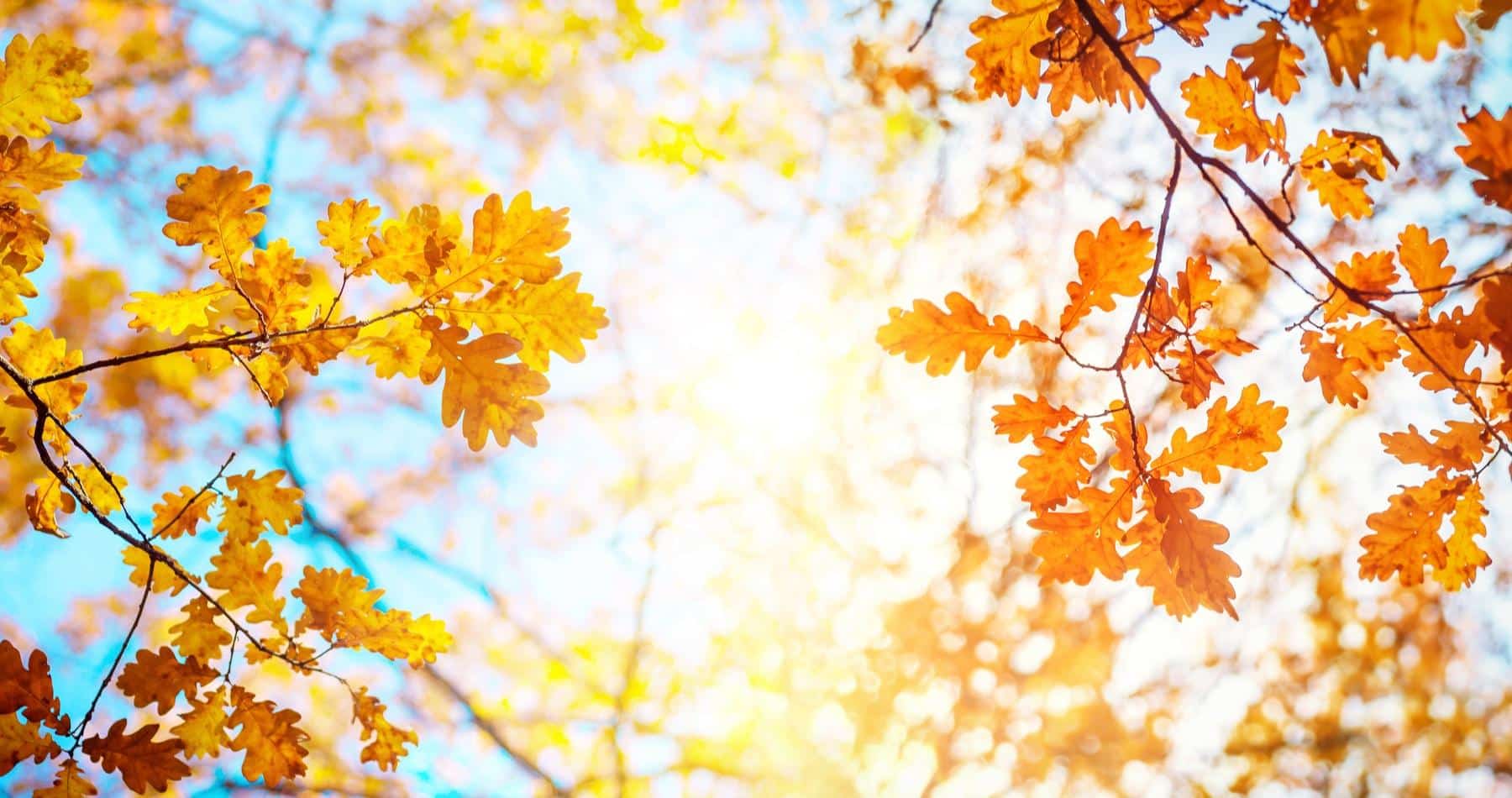
Here is our round-up of news, top tips and ideas to make the most of your garden!
September is a busy time in the garden. Conditions can quickly change from summer to the onset of winter, so getting on top of jobs now to save time and effort next spring is always beneficial!
Keep reading to discover our top gardening tips, what to plant and what to watch this month!
• Tidy up strawberry plants. Cut off the old leaves, leaving just the youngest in the middle. Weed the plant, looking specifically for fruit debris, which can harbour fungal disease spores and damage the next year’s crop.
• Divide and replant herbaceous perennials. Division of plants is most successful when the plants have stopped flowering and are not in active growth.
• Stop feeding container perennials. To discourage weak growth, cease from feeding any perennials you are growing in containers.
• Save bean seeds for sowing. Leave French bean pods on the plants until they go brown and dry, and then cut them off. Open the pods to inspect the beans – store the good beans in an envelope until next spring.
• Cover late vegetable crops. Use cloches or horticultural fleece to cover late crops of vegetable, such as carrots and salads.
• Pot up herbs. Put herbs like basil, coriander and parsley into pots to bring under cover.
• Plant wildflowers. September is the perfect time to sow and plant wildflowers, which benefit the larval stages of many pollinators.
• Remove dead leaves. Use a rake to keep borders and lawns free of dead leaves. Collect them to create leaf mould.
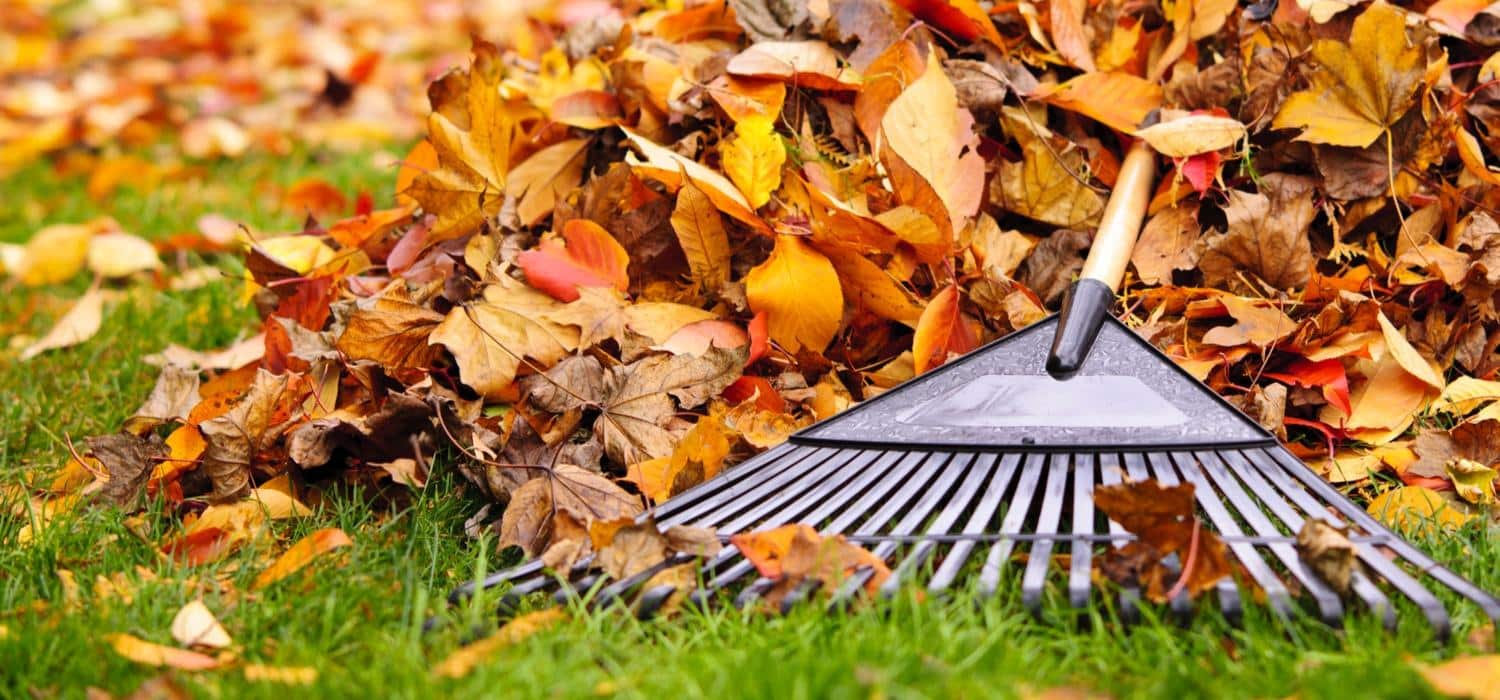
• Plant onions. Utilise ground that has been cleared of summer crops, such as French beans, lettuce and carrots, to plant autumn onions. If the previous crop was deep-rooted, take extra care in raking the soil to level it out.
• Plant spring cabbage. Before the soil cools down too much, plant out spring cabbage.
• Prepare cauliflower. This month, sow hardy varieties of cauliflower in modules to overwinter in a coldframe or unheated greenhouse, and then plant out in spring.
• Harvest late raspberries. The colder it gets, the more likely raspberries are to rot on the plant. Pick the berries as soon as they ripen.
• Harvest sage. A delicious addition to many autumn and winter dishes, keep cutting fresh leaves for use in cooking. If you have more than you can use, hang small bunches upside down to dry for a few weeks. They can then be stripped and stored in an airtight jar.
• Harvest first parsnips. Pick every other parsnip in a row, easing out the roots gently using a garden fork. This allows the left over roots to get larger before harvesting later in the winter.
• Pick dahlias at their peak. Dahlias are a beautiful plant to have in the garden, but they also make for fantastic indoor displays. Pick once fully flowered, as they will not continue to open once cut. Pick weekly to encourage the outdoor plant to produce more and more flowers.
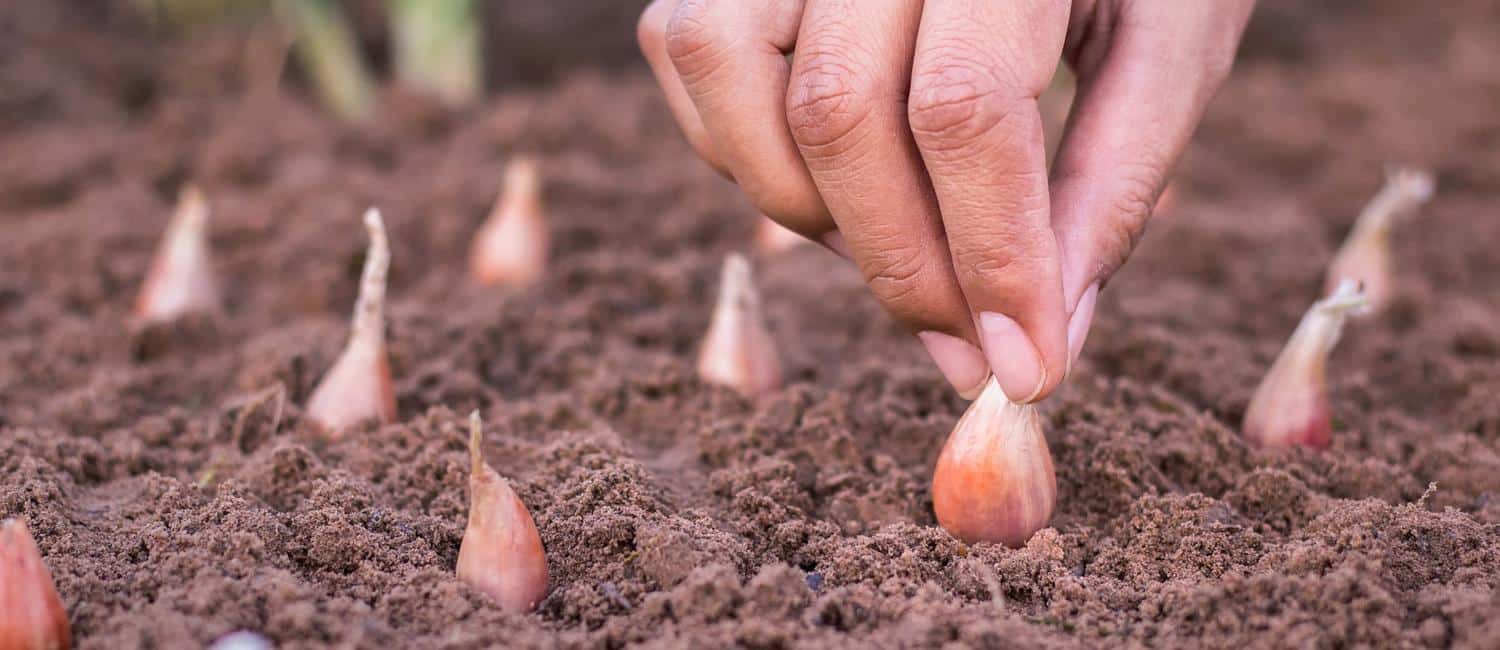
New regulations introduced by the Government earlier this year mean that partially seasoned logs must be seasoned further prior to burning to ensure that moisture content levels are below 20%.
We’ve been busy making sure each of our centres is stocked up with firewood and log stores ready for the colder months ahead!
Perfect for seasoning logs and keeping them dry throughout the colder months, stock models and bespoke models of our log stores are available from Midgley, Brigg and Wentworth.
View our firewood options here.

Ensure your spring garden brings with it a flood of colour by planting these bulbs now!
• Galanthus elwesii ‘Beluga’. This rare variety of Snowdrop will provide a crisp white backdrop, perfect for highlighting the vibrant colours of accompanying plants.
• Iris ‘J.S. Dijt’. These bulbous perennials produce pendent petals of a rich purple hue with flashes of yellow.
• Primula veris ‘Gold Nugget Red’. Primula veris are often the first to flower in an early spring garden, producing vibrant red flowers with bright yellow centres.
• Cyclamen coum ‘Album’. The white form of Cyclamen coum, the ‘album’ grows a delicate white flower with a violet centre and almost silver foliage.
• Thymus ‘Silver Queen’. This sweet, lemon-scented herb grows in the form of a dwarf evergreen shrub, with dark green, edible foliage.
Many garden flowers produce no nectar or pollen whatsoever, making it difficult for pollinators to get the nutrients that they need.
Now is an ideal time to plant many wildflowers, meaning they will be well-established by next spring. Here are some ideas for what to plant depending on the space and conditions available.
• Cornflower. Bees love blue flowers, so the annual Cornflower is a staple!
• Common teasel. This biennial plant provides seeds that golfinches feed on throughout autumn and winter.
• Sea holly. This spiny-leaved perennial is a pollinator favourite.
• Red campion. An important flower for day butterflies, bees and flower flies.
• Tufted vetch. A firm favourite of bumblebees, who are happy to venture into dappled shade.
• Meadow cranesbill. A deep violet blue flower, which is a caterpillar food plant of the Brown Argus butterfly.
• Dropwort. An adaptable plant but best suited to dry grassland.
• Ox-eye daisy. This vibrant plant attracts various pollinating insects, predominantly beetles, hoverflies and caterpillars.
• Red clover. Produces an abundance of nectar for many long-tongued bumblebees and rare species of bumblebees such as the great yellow bumblebee.
• Dandelion. Rich in both pollen and nectar, each bright yellow head contains around 100 individual flowers.
Visit us in-store to browse our selection of seeds!
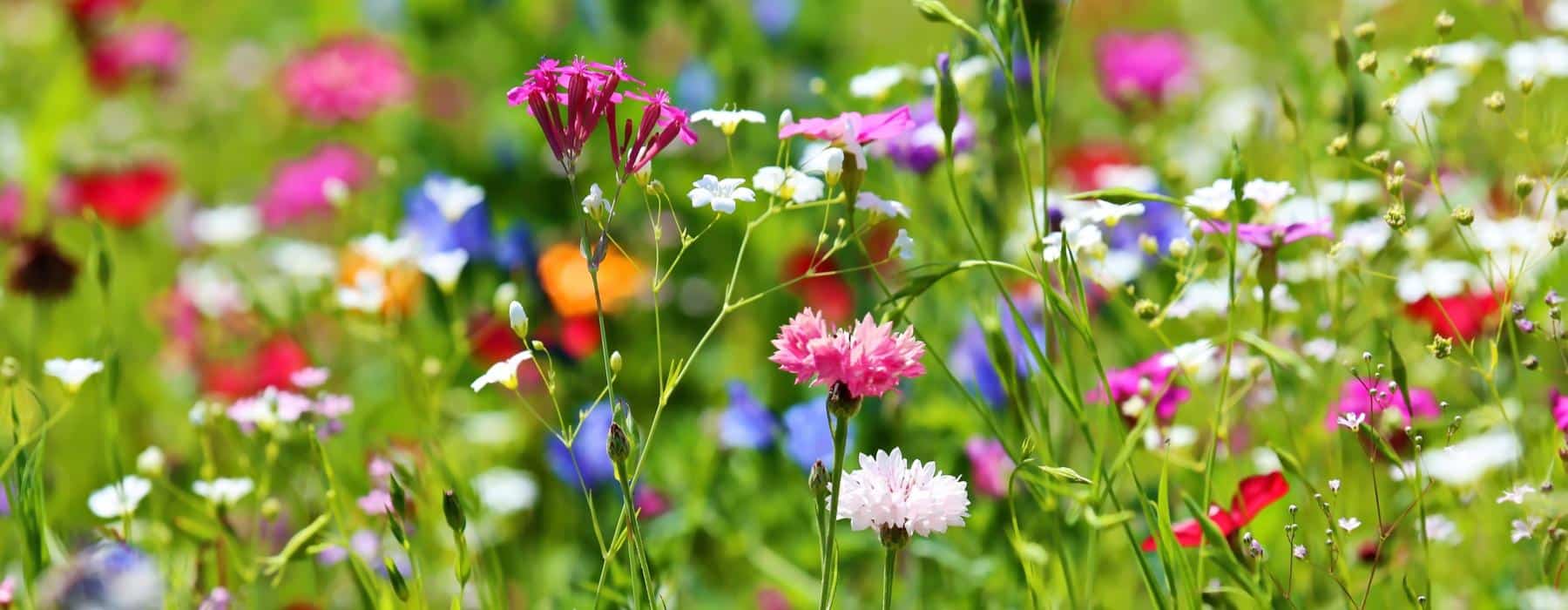
If you have a bee hotel in your garden, researchers at Bee Saviour Behaviour want to know!
With the aim of enabling campaigners to provide better advice to the public on how to set up and manage a bee hotel, this is the first nationwide study into bee hotel use.
Take the survey here.
This exclusive online discussion will see acclaimed garden designers provide insight into the 2021 show, share stories of their experiences from previous years and partake in a Q&A, with all profits from ticket sales going to the charity Horatio’s Garden, who create gardens in NHS spinal injury centres.
The event will take place on Tuesday 14th September from 6:30pm until 7:30pm.
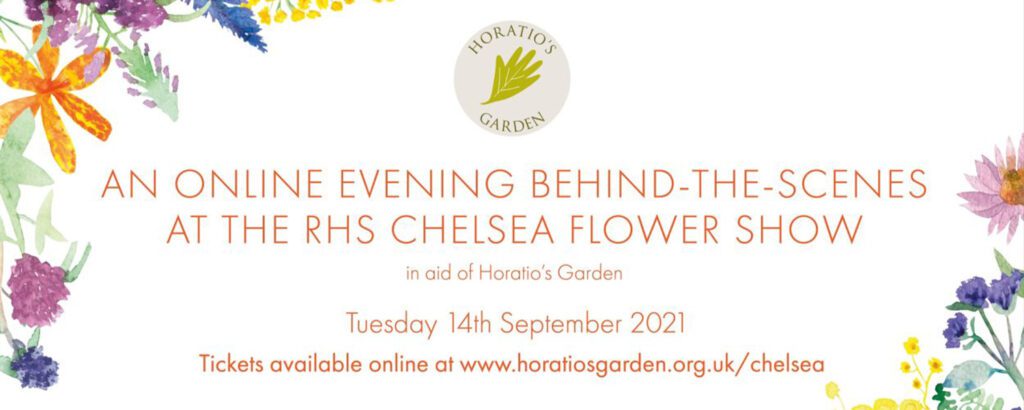
Despite its size, Arthur Parkinson’s urban garden is a flower-filled jungle that returns year after year!
Presenting a myriad of possibilities for creating a floral oasis with however much space you have, Arthur shares his top tips for planting entirely in pots.
Get your copy here.
Airing every Friday at 9pm on BBC Two, Monty Don provides seasonal advice that will keep gardens looking their best throughout the year!
Watch all of the 2021 series here.
“By all these lovely tokens, September days are here. With summer’s best of weather and autumn’s best of cheer.”
― Helen Hunt Jackson
American poet, writer and activist
Stay safe,
From all the team at Earnshaws.